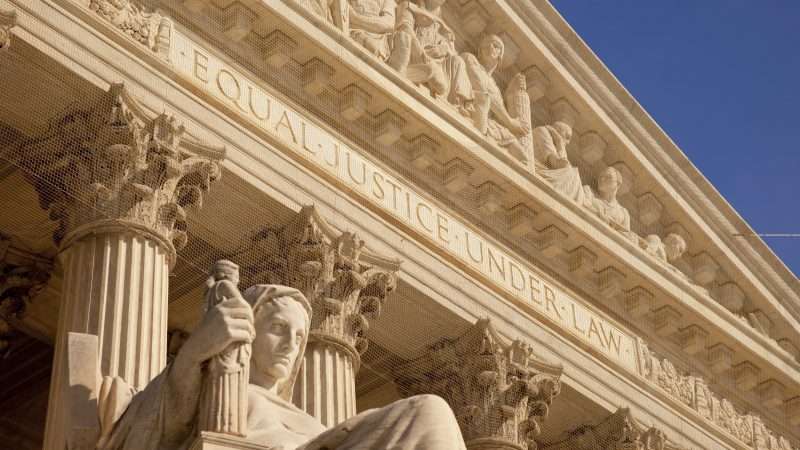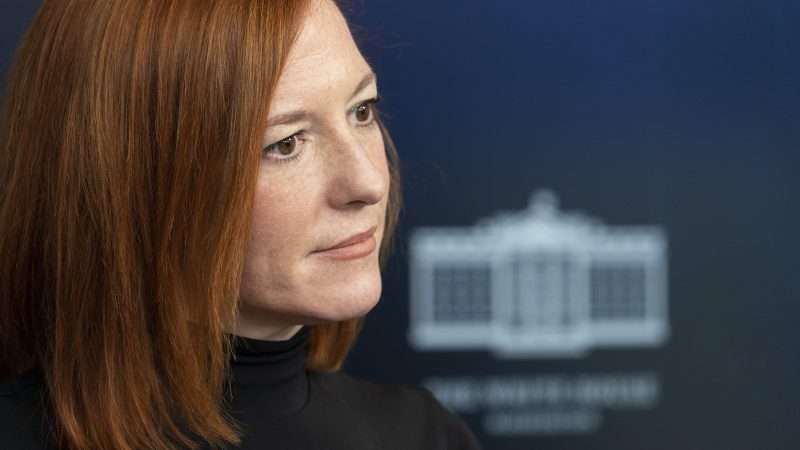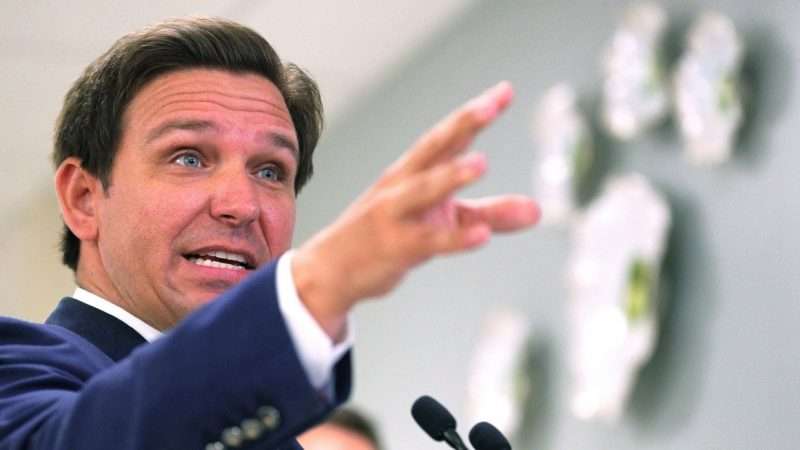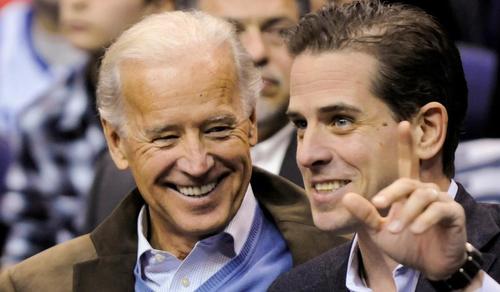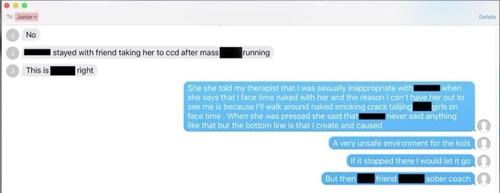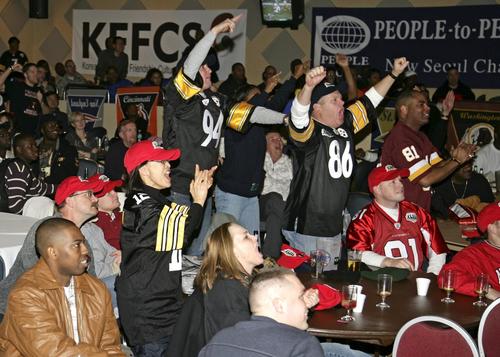In pressing his case for a deficit-funded $1.9 trillion legislative response to the COVID-19 pandemic and its effects on the economy, President Joe Biden has consistently argued for bigness as a virtue. After a meeting with a group of Senate Democrats yesterday he tweeted: “One thing is clear: we all agree that now is the time for big, bold action to change the course of the pandemic and begin economic recovery.” The real risk, he said, “isn’t that we do too much—it’s that we don’t do enough.”
Biden all but dismissed a counterproposal by a group of Senate Republicans, who presented him with a plan to scale back the package to a little more than $600 billion—still fairly large by any historical comparison, especially following the roughly $4 trillion worth of COVID relief passed last year. It was simply “not in the cards.”
Biden isn’t totally averse to compromise, he told House Democrats on a call. But, he said, “We have to take care of the people who are hurting.”
Whatever it is you think of when you hear the words “people who are hurting,” I suspect it does not include two-earner families with stable jobs making $120,000 a year. Yet that’s who Biden’s plan would help.
That is not just speculation or extrapolation based on an outline of his plan. That is the explicit position staked out for Biden by his press secretary, Jen Psaki, who said the following at a press briefing this week.
There are some, you know, bottom lines I think the President has—which he has conveyed in the meeting last night and reiterated to us this morning—which is, you know, to put it simply or accessibly for people: You know, he believes a married couple—let’s say they’re in Scranton, just for the sake of argument; one is working as a nurse, the other as a teacher—making $120,000 a year should get a check. That’s in his plan. In the plan presented by Republicans, they would not get a check.
And his view is that at this point in our country, when one in seven American families don’t have enough food to eat, we need to make sure people get the relief they need and are not left behind.
The juxtaposition between families who do not have enough food as a category of people that Biden wants his stimulus to help and a two-earner family with a solid six-figure income is more than a little jarring. It is certainly possible to be in a precarious financial position, to feel financially strapped and stretched, with six figures in earnings, and COVID-19 has exacerbated some challenges for families, particularly where schooling is concerned. But Psaki’s hypothetical $120,000 family is not struggling to afford enough food.
Indeed, families with incomes like Psaki describes have, by some measures, done relatively well during the pandemic. Personal savings rates have hit record highs, and job losses have largely been concentrated in a few industries, and a few categories of workers, most of whom ordinarily make quite a bit less than Psaki’s imaginary stimulus beneficiaries.
As the U.S. Chamber of Commerce recently pointed out in a letter to Biden, Census Bureau data show that “a majority of households with less than $50,000 in income have experienced a loss of employment income, a majority of household with more than $50,000 in income–including those between $50,000 and $150,000–have not experienced any loss in earned income.”
The COVID-19 recession, in other words, has not hit everyone equally. As an analysis of Biden’s relief package by the University of Pennsylvania team behind the Penn Wharton Budget Model (PWBM) notes, “Unemployment has been disproportionately concentrated among lower wage and young workers in specific sectors, e.g., retail and leisure and hospitality.”
Much of this is a result of public reticence in the face of a deadly novel virus. But it’s not surprising to see that the industries facing the biggest challenges are also those that have been most affected by mandatory closures and other state restrictions on commerce. Meanwhile, the report notes, most other sectors of the economy “now appear to be operating at near pre-recession levels.”
This is a hospitality recession that has had devastating effects on a class of relatively young, relatively low-income service workers—but not on two-income families currently earning $120,000 a year.
Even some of Biden’s own economic advisers are reportedly uncomfortable with the breadth and expansiveness of his plan, particularly when it comes to the distribution of checks. “At least two of the president’s top economic advisers, Heather Boushey and David Kamin, have privately expressed reservations about the size of the checks and at what level they would begin to phase out for higher-income people,” Bloomberg News reported earlier this week.
Meanwhile, Biden’s plan to go big would come with long-term macroeconomic costs. The Congressional Budget Office often notes that, all else being equal, larger debt burdens drag down economic growth. The PWBM analysis published this week attempted to put a price tag on the long-term cost of Biden’s $1.9 trillion plan: While it would increase gross domestic product (GDP) by 0.6 percent in 2021, the model projects that “the additional public debt resulting from the Biden plan would decrease GDP by 0.2 percent in 2022 and 0.3 percent in 2040.”
Yes, these projections are based on economic models, and as with all models, there are limitations and caveats. But this sort of conclusion is broadly in line with what macroeconomists have long thought about the long-term effects of persistently high national debt levels.
Biden has said he might be willing to negotiate the household income thresholds for the checks he plans to send out, though he is not willing to budge on the amount of those checks. But the fact that this is where he started shows the flaw in Democrats’ insistence on going big for the sake of bigness.
Biden is portraying his relief package as a necessary response to an extreme health and economic crisis. But his plan to go big is really a plan to fail to target the actual problem at hand. And in the years to come, it would probably make the nation’s economy somewhat worse.

from Latest – Reason.com https://ift.tt/2NYlqAc
via IFTTT
